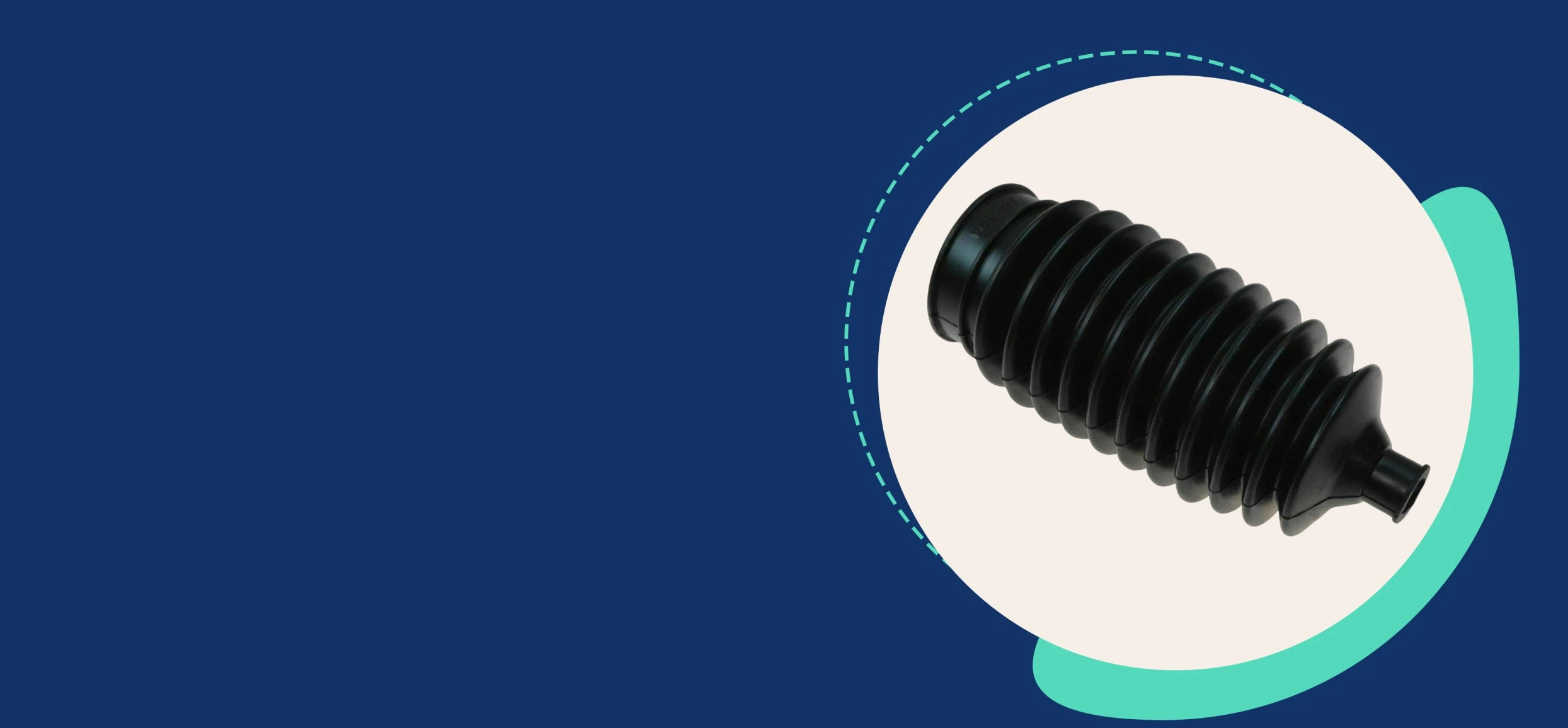The Essential Role of Fabric Bellows in Machinery Protection
In machinery protection, fabric bellows play an essential role by providing crucial shielding against environmental elements and operational hazards. These flexible covers act as a protective barrier, preventing the entry of dust, dirt, debris, and other contaminants that can potentially compromise the performance and lifespan of machinery. By encapsulating sensitive components, fabric bellows effectively shield them from exposure to moisture, chemicals, and extreme temperatures. Furthermore, they act as a safety measure, reducing the risk of accidental contact and minimizing potential damage or injury. With their ability to ensure smooth operation, reliability, and durability, fabric bellows are indispensable components in safeguarding machinery across diverse industries.
How Does Double Bellows Function and What Are its Benefits?
Double bellows function by providing a flexible and expandable structure that absorbs axial, lateral, and angular movements in a system. The design consists of two parallel bellows connected by a center pipe, allowing for increased movement capabilities. The benefits of double bellows are manifold. Firstly, they effectively compensate for thermal expansion and contraction, reducing stress on the system and preventing damage. Secondly, double bellows accommodate misalignments and vibrations, improving overall system performance and longevity. Additionally, they provide superior flexibility and containment, ensuring reliable operation and preventing leaks. The double rubber bellows design also minimizes noise transmission and enhances system stability. Overall, double bellows offer improved functionality, increased durability, and enhanced safety in various industrial applications.
What are the key principles of bellows design?
The key principles of bellows design involve considerations for flexibility, durability, and containment. Firstly, the bellows design must allow for axial, lateral, and angular movement, accommodating various types of stress and strain. It should possess sufficient flexibility to absorb vibrations, shocks, and thermal expansion. Secondly, durability is crucial, requiring the selection of materials that can withstand the intended operating conditions, including temperature, pressure, and corrosive environments. Additionally, the design should ensure containment, preventing leakage or escape of fluids or gases. Proper geometry, reinforcement, and sealing techniques are essential to maintain the integrity and reliability of the bellows. Overall, the principles of bellows design revolve around achieving optimal performance, longevity, and safety in diverse applications.
Understanding the Design Principles of Bus Bellows for Articulated Vehicles
Understanding the design principles of bus bellows for articulated vehicles is crucial for optimizing the performance and functionality of these specialized components. The primary objective is to ensure seamless articulation between the bus sections while accommodating the dynamic movements and forces encountered during operation. The design principles focus on factors such as flexibility, durability, and reliability. High-quality materials with excellent flexibility and resilience are chosen to withstand repeated articulation cycles and environmental conditions. The shape and geometry of the bellows are meticulously engineered to facilitate smooth transitions, minimize stress concentrations, and maintain passenger comfort. Additionally, factors like sealing effectiveness, structural reinforcement, and compatibility with surrounding components are considered to ensure optimal performance and longevity of bus bellows in articulated vehicles.
How are dimensions and parameters calculated in rubber bellow design?
In rubber bellow design, dimensions and parameters are calculated through a systematic approach. Engineers consider the specific requirements and constraints of the application, such as movement range, pressure, and temperature. Factors like deflection, compression rates, and load capacities are determined based on these considerations. Material properties, such as elasticity and strength, are also taken into account. Finite element analysis and mathematical modeling techniques aid in simulating the behavior of the rubber bellow, validating the calculated dimensions and parameters. This comprehensive calculation process ensures that the designed rubber bellow meets performance criteria, maintains structural integrity, and delivers reliable functionality in its intended application.
When it comes to competitive pricing for rubber bellows or exploring our extensive rubber bellows catalogue, our company, Custom Rubber Bellows, is here to assist you with all your needs. We understand the importance of finding cost-effective solutions without compromising on quality or performance. With our expertise in rubber bellow manufacturing and comprehensive product range, we offer competitive pricing options tailored to meet your specific requirements. Our commitment to using high-quality materials and employing advanced manufacturing techniques ensures that you receive reliable and durable rubber bellows at competitive market rates. Trust us to provide you with exceptional products and support every step of the way.







